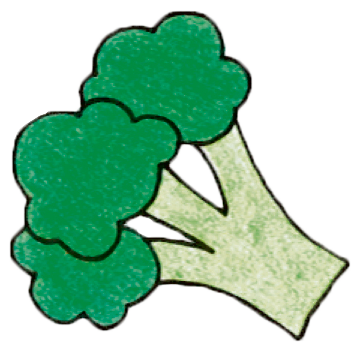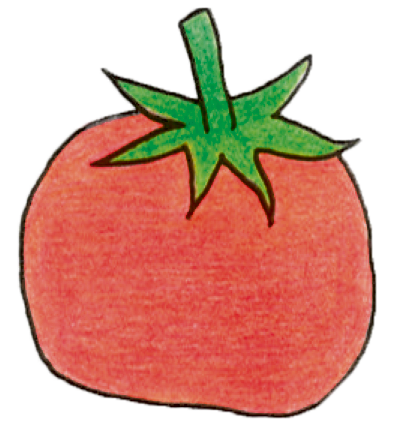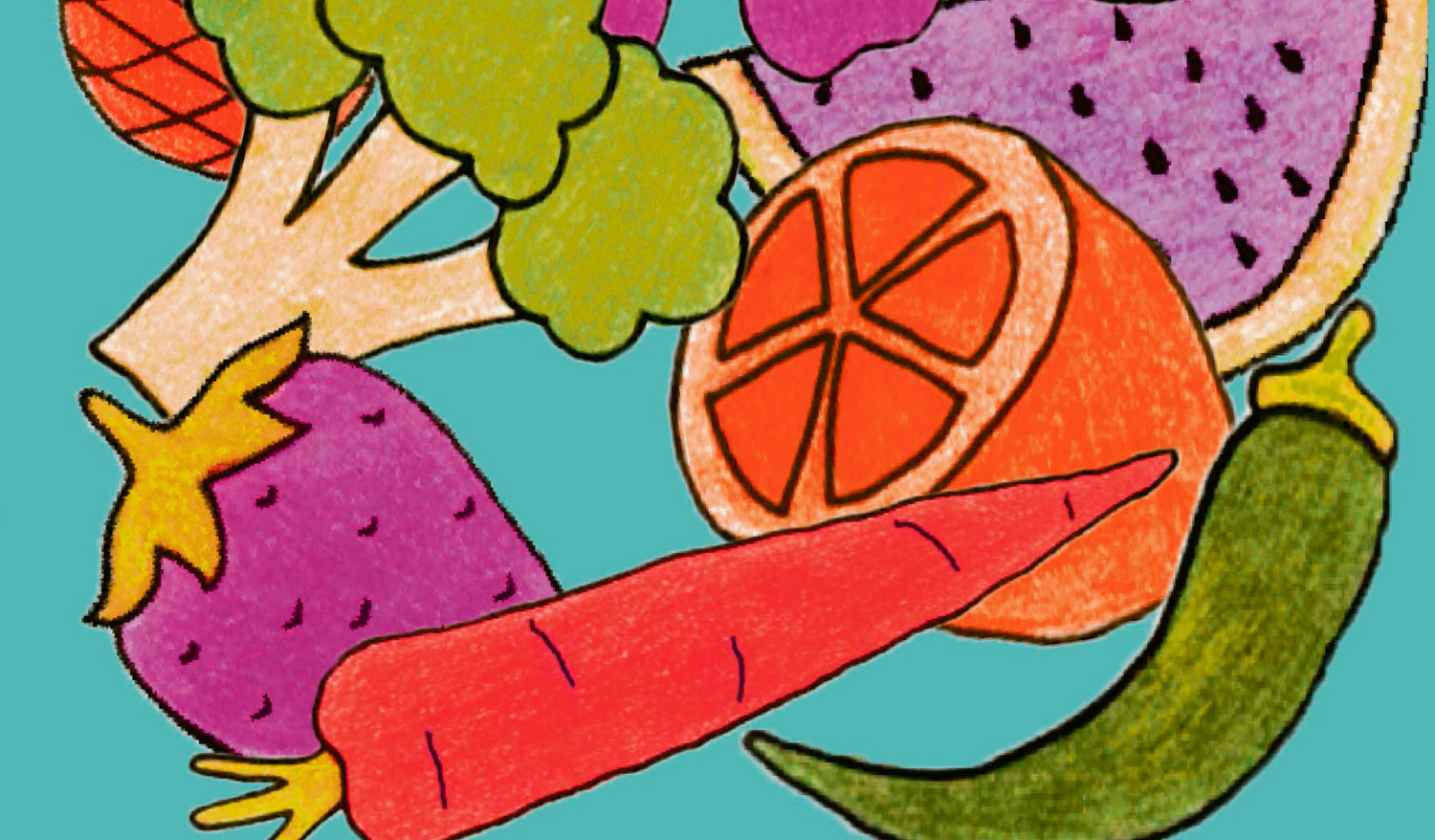Hey you,
You’re losing, you’re losing, you’re losing,
you’re losing your vitamin C.
-Can, Vitamin C
Scurvy on the Rise
 Whether we understand it as regressive or cyclical, there is no denying that much of our early sampling of 2019 has tasted eerily of the 18th century: France is undergoing a popular revolt, England is living out an individualistic existential crisis, and the United States are not only disunited, but have no functioning government. Another element of the 18th century has been leaving a strange flavour in our mouths, one of mineral undertones, the source of which is fluid and viscous in texture. Throughout the past ten years, doctors and clinics across the UK and North America have witnessed an uptick in symptoms such as joint stiffness, muscular weakness, and the telltale bleeding gums associated to a Vitamin C deficiency. In other words, scurvy is on the rise.
Whether we understand it as regressive or cyclical, there is no denying that much of our early sampling of 2019 has tasted eerily of the 18th century: France is undergoing a popular revolt, England is living out an individualistic existential crisis, and the United States are not only disunited, but have no functioning government. Another element of the 18th century has been leaving a strange flavour in our mouths, one of mineral undertones, the source of which is fluid and viscous in texture. Throughout the past ten years, doctors and clinics across the UK and North America have witnessed an uptick in symptoms such as joint stiffness, muscular weakness, and the telltale bleeding gums associated to a Vitamin C deficiency. In other words, scurvy is on the rise.
As the malnourished sailors of industrializing Europe could surely have attested, a diet void of fresh fruits and vegetables is not only a scourge to flavour diversity, but also to general health. A certain level of Vitamin C, or ascorbic acid, is necessary for multiple bodily functions, including the formation of collagen, which is a structure necessary for strengthening skin, bones, and blood vessels. It is also important in immune function and has even been linked to the production of neurotransmitters necessary for basic brain function. By the time the link between vitamin deficiency and the symptoms of scurvy had been discovered, sailors had known for ages the importance of taking in some modicum of citrus fruit when embarking on long voyages. Ships would stow vials of lime juice to tide their crews over to the next land-embankment at which fresh produce would be available.  Another popular understanding of scurvy, before the discovery of the vitamin-deficiency causality, was the belief that scurvy was a result of great physical exertion and mental stress under harsh conditions. Those embarking on long, cold, and toilsome journeys faced a greater risk of scurvy than those undertaking less arduous trips, even if their access to fresh produce and proper nutrition was equivalent.
Another popular understanding of scurvy, before the discovery of the vitamin-deficiency causality, was the belief that scurvy was a result of great physical exertion and mental stress under harsh conditions. Those embarking on long, cold, and toilsome journeys faced a greater risk of scurvy than those undertaking less arduous trips, even if their access to fresh produce and proper nutrition was equivalent.
The rise of scurvy in the modern West is a confounding one. The year-round availability of fresh produce makes it difficult to believe that vitamin deficiency is on the rise. However, our collective focus on food preparation, as well as the inheritance of intergenerational food culture, have been endangered by the elimination of the need to cook at home. The high cost of fresh food plays no small role, surely, and the archetypal cost-efficient student meal of microwaved ramen is vastly insufficient for the nutritional needs of a young adult. For those struggling to make ends meet, more filling and high caloric foods are a necessary alternative to fruits and vegetables.
It has been noted that for highly food-insecure households, food price becomes a priority over preference, quality, and health considerations. To this end, food decisions are often nutritionally insufficient, as more nutritionally adequate foods tend to be higher in price. Food insecurity in low income household corresponds to a lower intake of less milk products, fruits and vegetables, and meats and alternatives. The low nutritional content of the foods purchased and consumed by low income families have been found to contribute to nutrient inadequacies in those low income individuals. Reportedly, women in low income households, particularly single-parent mothers, show a decline in nutritional intake across a given 30-day period. Mothers of families living paycheck-to-paycheck accept the brunt of nutritional decline during the periods between a monthly pay. Children in low-income households, on the other hand, tend to have a more stable intake of nutrients throughout a 30-day period. This would indicate that low-income mothers sacrifice their own nutritional needs in order to uphold their children’s standard of nutrition.
An article in the journal Nutrition and Metabolic Insights, titled “Scurvy is Back,” identifies those being most at risk of Vitamin C deficiency as including the elderly, men, those with alcohol dependencies, and those with eating disorders. Additionally, a 2009 study of students at the University of Toronto showed that 14 per cent had deficient levels of Vitamin C. If the basic nutritional needs of a population are not being met, it should be up to the state to take adequate measures in order to fulfil at least the basic nutritional needs of households and individuals requiring assistance. An absence of large-scale measures to ensure food security, as well as a lack in life-skills-oriented education in public schools, have created a context in which the basic nutritional needs of large demographic swaths are not being met.
Rewriting the Canadian Food Guide
The implementation of a well designed food guide should be a key component of any public health system, so as to serve not only the people but also the health system in itself. Holistic health systems understand the maintenance of general health, including dietary health, to be a preventative measure against many illnesses and long-term medical problems. An appropriate food guide, fitting the needs and capacities of a population, put in place along with a supporting set of policies and programs intent on fostering nationwide food security such as school lunch programs and food subsidization for low-income households, should drive down medical costs both short term and long term.
Health Canada is the department of the government responsible for national public health. Over the past few years, they have been announcing the upcoming release of an updated food guide. The original Canadian food guide was released in 1942, in order to provide guidelines to households to properly manage their wartime food rations. Since then, it has largely been an advertisement for Canadian produce, with meat and dairy being historically suggested as “pillars” of a healthy diet. The food guide has never been free from the lobby of Canadian producers, although this most recent edition of the food guide allegedly strived to be less biased than its predecessors. There has been pushback from the meat and dairy industry, due to the focus away from meat and dairy as sources of protein, and while the new food guide is not strictly vegetarian, it has drastically shifted towards alternative sources of protein, such as beans, nuts, and tofu.
The new edition of the Canadian food guide has opted out of the iconic four food groups, as well as its enigmatic, if not borderline occultish, pyramid design. Gone are the delineated portion sizes and specific recommended daily consumption of fruits and vegetables, grain, dairy, and meat. Instead, we see a plate made up largely of fresh fruits and vegetables, along with smaller amounts of whole grain foods and protein foods.
Given that the prices for fresh produce, fruits, and vegetables are more volatile than those of packaged goods, there is speculation that individuals who strive to live by the food guide will be spending more on groceries than they might have previously spent. The “budget” section of the food guide is rife with time-and-effort-consuming strategies, stating that “there are many ways to enjoy your food while eating on a budget.” It suggests checking prices at multiple stores before buying, and stocking up on goods while they are in-season or on sale in order to freeze them. While this advice may be applicable to some low-income households, it neglects those who have no extra time to “shop around,” those who have no surplus budget with which to “stock up”, and those who have no home in which to store, freeze, and cook. Already, individuals shopping for food-insecure households are four times more likely to report using a budget. A study on food insecurity from the University of Toronto indicates that neither an increase in food skills (i.e. food preparation) nor budgeting skills would bring down food insecurity. The assistance provided to low-income households is insufficient to meet the nutritional needs of low-income Canadians: food insecurity afflicts a reported 70 per cent of households receiving social assistance. A quarter of Canadians believe that following the new food guide will increase their food costs over the next year. Some analyses report that the new guide will decrease food prices, due to its shift away from expensive animal produce such as meat and cheese.  However, Canada’s Food Price Report indicates that the increased demand for fruits and vegetables will drive up food costs in the next year, with the average Canadian family expected to pay $411 more on food in 2019.
However, Canada’s Food Price Report indicates that the increased demand for fruits and vegetables will drive up food costs in the next year, with the average Canadian family expected to pay $411 more on food in 2019.
The new Canadian food guide is well-intentioned. It is simple, but not to the point of condescension. It makes recommendations based on age, without being overly prescriptive. A national food guide’s intention is to provide, in broad strokes, a nutritional ideal which the population can strive towards. In this, the food guide has succeeded. However, in its generalizations, it ignores diversity. Food diversity is, of course, cultural. It is also territorial, social, and economic. The food guide has been criticized for its lack of representation for the major cultural groups of Canada. Feasting days, fasting days, white rice, plantain, and most all mention of spiciness are absent. The problems underlying loneliness and isolation in old age are mentioned, but the proposed solution to them boils down to “try harder.”
A series of statements and recommendations are included in the guide, such as “Cook more often,” “Eat with others,” and “Enjoy your food.” The health benefits of the social element of preparing and sharing meals is brought into focus in this edition of the Canadian food guide. In fact, the ubiquity of malnutrition in old age is largely attributed to the fact that many seniors eat alone, a type of social isolation which often leads to food losing its importance. The guide accents the importance of intergenerational food-sharing as not only a mechanism for forming a positive and social environment around food, but also as a means for the transmission of food traditions and cultural heritage. Intergenerational food sharing is the transmission of food knowledge or food skills associated to a given culture or background. It can take the form of re-establishing traditions such as hunting and fishing. It can involve grandparents or great-grandparents sharing recipes and ingredients with grandchildren. Intergenerational food sharing connects young people with old traditions, and can aid in the reclamation of elements of culture that have been lost or weakened as a result of colonialism.
Food Security in Canada
The issue underlying the food guide has little to do with the food guide itself. Instead, it calls to a larger issue which is food insecurity and poverty in Canada. Canada is the only G7 country which does not have a national school food program and nearly one in six children are affected by household food insecurity. Although the food guide has been updated seven times since its release, Canada has yet to implement any school food programs, help subsidize outrageous food prices in Indigenous communities, or provide people with precarious or underwaged work liveable wages. It is estimated that food insecurity in Indigenous populations ranges from 21 per cent to 83 per cent. That is compared to 3 per cent to 9 per cent for non-Indigenous Canadians. Food prices in far-North communities are immense and unmanageable for many. A Facebook group, called Feeding My Family, has been created for people to share the outlandish and inaccessible food prices in Nunavut, displaying pictures of $22 heads of lettuce and a leg of lamb for over $100. One of the Liberal government’s 2015 election promises was to increase food security for Indigenous populations of Canada. However, attempts at consulting with Indigenous groups, through the Nutrition North program, have been labelled as “tokenism and optics” for the party, with no clear goal or obvious intention of listening to Indigenous food experts.
As stated earlier, the social assistance programs available to low-income Canadians are largely insufficient in meeting the nutritional needs of its recipients. In addition to social assistance programs, there exists a family-specific program which intends to bring Canadian children above the poverty line. The Canada Child Benefit program is an income-supplement program for families, providing a sliding scale of assistance with the greatest financial aid being to families making under $30,000 per year. The program is relatively new, which means that little is known yet about how it will affect childhood poverty and family food security in years to come. However, the program has been criticized for its difficult application process, which relies heavily on an applicant’s ability to provide information about previous tax years. This has had a disproportionate effect on Indigenous communities, where tax-filing rates are low. According to reports, many Indigenous families qualifying for the Canada Child Benefit program are unaware of its existence. Given the rates of food insecurity in Indigenous communities, the dissolution of the barriers blocking Indigenous families from receiving the benefits is an urgent matter. Non-governmental organizations such as Canadian Feed the Children have been working in partnership with Indigenous communities in order to ensure the food security of low-income Indigenous households. The programs they are implementing include school nutrition programs, community gardens, and land-based education programs focusing on sustainable gardening and the preservation of traditional food practices such as hunting, fishing, and preserving.
There is debate about how a sustainable, food-secure Canada would look. The argument for CSA (Community-Supported Agriculture) is compelling, but implementing it countrywide would mean drastic changes in food production, and immediate diversification of crops for many farmers. Food sovereignty is another possible solution, in which each community has the resources and capacities to meet their own food needs. Allowing each community to be food-sovereign would have implications on trade and transport, and would involve massive greenhouse investments for the majority of Canadian climates. Regardless, a reworking of the food-distribution system in Canada is necessary in order to improve food security nationwide.
The food guide is important in that it provides Canada with a framework by which it can make concrete food goals for the population. Taken not as a set of rules, but instead as a governmental plan of action, the food guide shows promise. It is important, then, that it be implemented along with policy aiming to reduce food insecurity and malnutrition. Two accompanying steps to the food guide are currently being negotiated, aimed against food marketing, specifically to children. The first involves banning the marketing of unhealthy foods to children ñ unhealthy foods being those elevated in saturated fat, added sugars, and salt. This would include sports sponsorships, and would affect ads targeted to children. The second would be the implementation of a food-warning label program, which would pinpoint the aforementioned unhealthy foods, and warn purchasers of their associated health risks.
A nationwide nutritional program should inhabit a space in which goals and ideals are balanced against obstacles and practical concerns, including those related to culture and financial security. To ensure food security and sufficient nutrition, the plan must educate and prescribe, but it also must provide. Providing could involve funding for greenhouses and school meal programs, or creating community centers and intergenerational spaces for seniors to partake in the social aspects of eating. Providing should entail guaranteeing income to low-income individuals that is sufficient to meet their basic nutritional needs. If food is central to wellness, whether cultural, social, or physical, it should be a role of the nation to provide its population with the resources by which their food needs can be met.
Illustrations by Yasmine Hamdani





